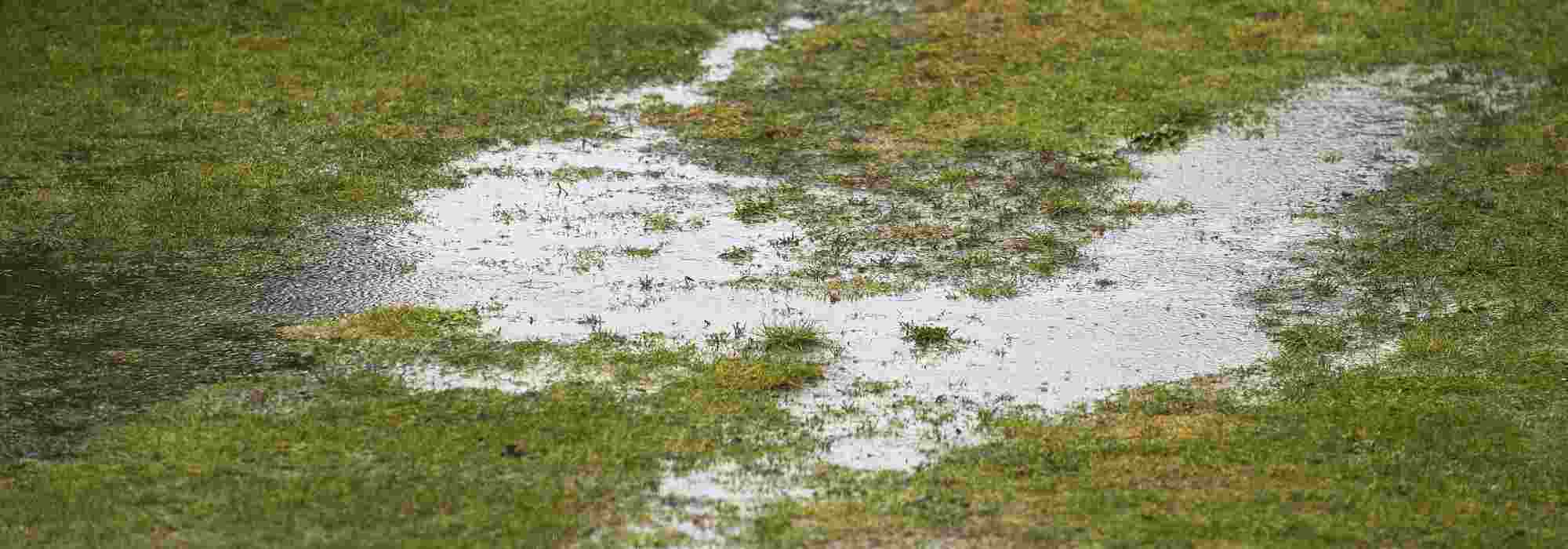
All about soil drainage in the garden
Understanding drainage to adapt plants to your garden (not the other way round!)
Contents
You hear all the time about well-drained soil and planting in free-draining ground. A concept that isn’t always easy for novice gardeners to grasp. Yet drainage is one of the essential elements for successful plant cultivation, whether in the ornamental garden or vegetable patch, as soil provides not just nutrients but also oxygenation and the right amount of water needed for healthy growth. You can completely fail at gardening if you don’t understand that drainage is crucial for many plants.
Here’s everything you need to know about improving your soil’s drainage to ensure planting success…
A well-draining soil, what exactly is it, and why is it so important?
A well-draining soil is the holy grail!
If we were to conduct a quick survey, it’s unlikely most people would truly know how to define drainage in gardening terms.
Simply put, a well-draining or filtering soil is one that dries out efficiently, meaning it has a strong capacity to remove excess water. This type of soil absorbs rainwater and irrigation without retaining it, its structure allows water to infiltrate and flow freely: the hydric balance is perfect.
Good drainage is crucial for plant health, as oxygen circulates well through the soil layers, allowing roots to breathe and preventing root rot. Poorly drained soil, with excess moisture, becomes suffocating. It often leads to the development of diseases (fungal or bacterial) and stunted plant growth, since nutrients dissolved in water are less available and poorly absorbed by the roots. Thus, even hardy plants can suffer in waterlogged soil, gradually leading to their decline and inevitable demise.
Good drainage is essential for one major reason: it determines the soil’s structure, composition, and granulometry (proportion of sand, silt, and clay). Well-drained soil is looser and less compact, making it easier for roots to penetrate and encouraging the activity of beneficial soil microorganisms, such as earthworms, which improve soil structure.
N.B.: This concept of drainage is often linked to another fundamental soil characteristic: its pH. Filtering soils are generally neutral to alkaline, while clay soils tend to be acidic. However, soil structure is unrelated to nutrient richness—it only indicates its agronomic composition.
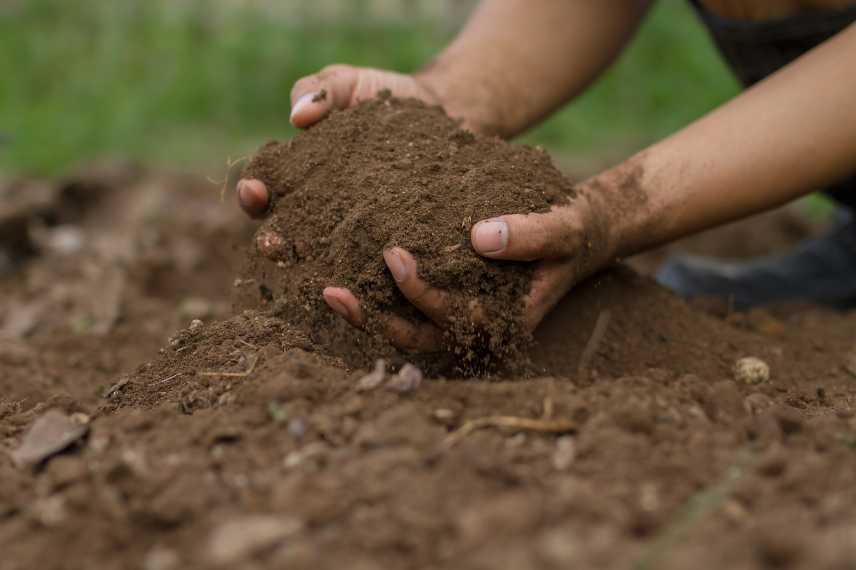
A crumbly soil is typically clay-loam or sandy in nature
How to tell if your soil is well-draining?
That is the question! And it’s where we should all start in the garden, because as we’ll see further in this topic, the vast majority of plants we grow thrive in well-drained conditions.
You can perform these two simple tests to assess your soil’s drainage capacity:
- Sausage test: Take soil samples from various spots in the garden. Knead a handful of moist soil to form a sausage shape. If the ball forms easily and holds together, the soil is loamy. If the sausage crumbles and won’t hold shape, the soil is predominantly sandy with good drainage. If the formed sausage can easily be bent into a circle, your soil is mainly clay.
-
Water hole test: Dig a hole about 30cm deep and fill it with water. Observe how long it takes for the water to completely drain. If the water disappears in less than 12 hours, your soil has good drainage. If water remains longer, this indicates poor drainage.
These tests help determine your soil type:
- Clay soils: These are heavy, sticky soils containing a high proportion of fine clay particles that hold water at the surface. During heavy rain, water pools on the surface because it can’t penetrate the upper soil layers. These compacted soils form a hard, dry crust in summer.
- Silty-clay soils are a mix of silt (medium-sized particles) and clay (very fine particles). They have intermediate characteristics between clay and sandy soils; with a balanced texture – neither too heavy nor too light – making them generally well-drained. They retain water better than sandy soils but less than clay soils, which is often ideal for many plants. They’re typically fertile due to their nutrient retention capacity.
- Sandy or stony soils: Composed of the coarsest sand particles, they’re highly porous, allowing water to drain very quickly. They warm up quickly in spring but don’t retain water at all – it simply flows between the sand particles. These soils are only suitable for certain drought-tolerant plants or require much more frequent watering.
→ For more details, see our article Determining your soil texture: clay, sand or silt.
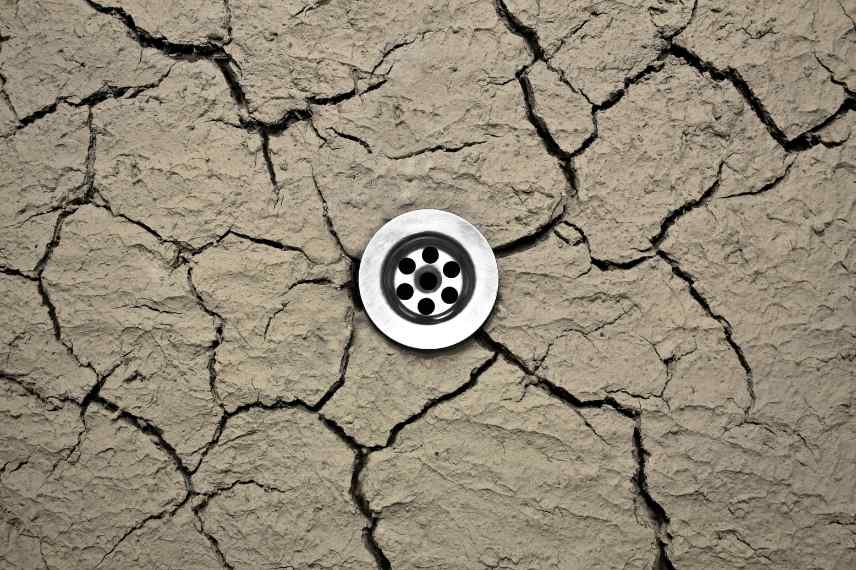 Clay soils remain very wet in winter and dry out quickly in summer heat, cracking as they do so.
Clay soils remain very wet in winter and dry out quickly in summer heat, cracking as they do so.
How to improve your soil to make it well-draining?
If your soil is poorly drained, don’t despair! There are two techniques to improve its ability to drain water or retain it a little more.
Forget the advice that tells you to add sand to very clayey garden soil. This is a quick fix, certainly, but it doesn’t solve the underlying issue of soil structure. However, it is a practical and fast solution for individual potted plants, which will benefit from a mix of sand-compost or compost-perlite, as well as for the planting beds of bulb flowers like tulips or daffodils. Alternatively, you can add coarse lava.
Amending the Soil
The best way to improve soil drainage over time is to amend it, meaning to incorporate organic matter that will gradually enrich it and enhance its structure at depth. The soil becomes lighter in the case of heavy soil, or more receptive to water in the case of sandy soil, promoting better infiltration.
We have two magical organic amendments at our disposal: compost, the gardener’s black gold, and leaf mould. These are the two go-to organic amendments for repairing and improving soil through organic matter. Work them into the soil by lightly raking, either in spring or autumn, repeating the process over two or three years. Manures also help aerate the soil while nourishing it.
Learn more in How to Enrich Your Soil Naturally with Organic Amendments?
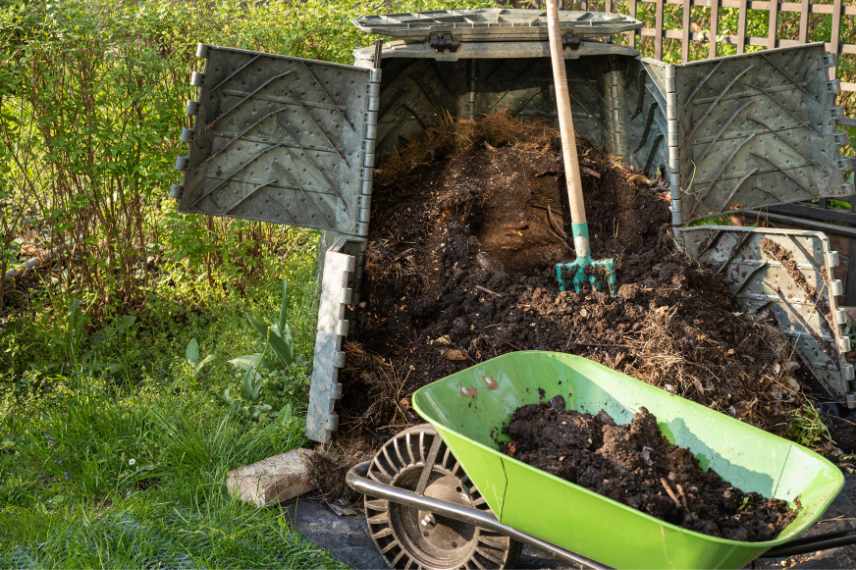
Installing Drains
The other, more drastic, costly, and labour-intensive method—but faster in terms of results—is to install drains in the soil. This is often unavoidable for heavily compacted, very clayey soils.
Drains, made of perforated PVC or HDPE pipes surrounded by gravel, are commonly used. Dig a gently sloping trench, place the perforated pipe at the bottom, surround it with gravel, then cover it with soil. The pipe should lead to an outlet, such as a ditch or soakaway, to collect excess water. This method prevents waterlogging and promotes healthier soil for plants.
→ Also read: How to Make My Soil More Drainable?
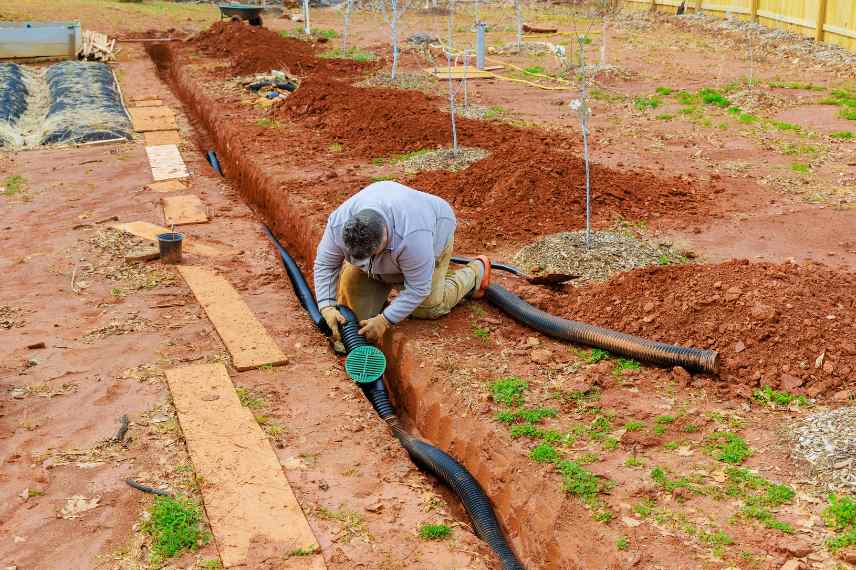
Installing drains in a garden
Other tips for growing in well-drained soil
In addition to improving soil drainage through organic amendments, certain cultivation practices offer alternatives by helping to maintain well-drained soil:
- Gardening on raised levels by creating terraces (terracing system): this is possible when the terrain has slopes for terracing, but you can also create raised structures even on flat gardens by adding dry stone walls.
- Creating mounds or raised beds also promotes much better drainage, as plants slightly elevated do not suffer from water stagnation, with water naturally running downhill. This is commonly done in vegetable gardens, for example, but also in flower beds.
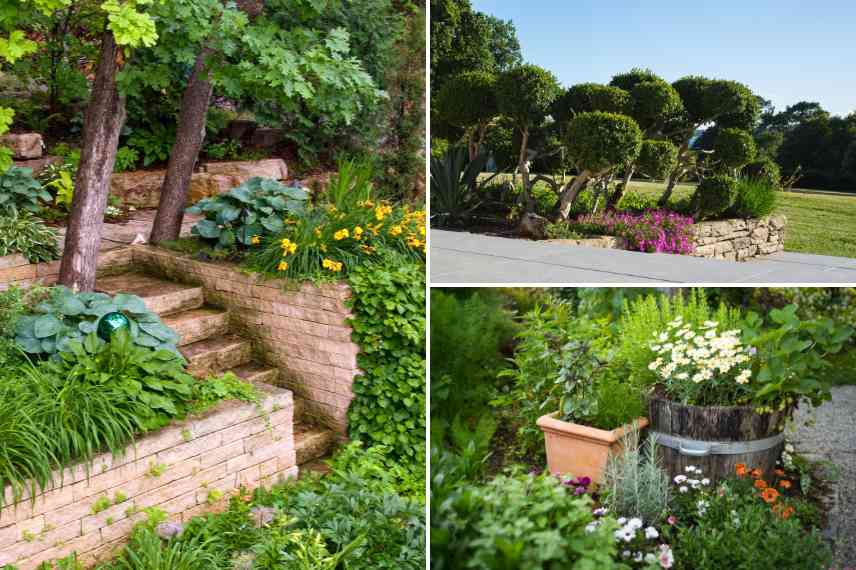
- Special case of sloping gardens: water runs down to the base of the slope, making the top of the bank drier and more suitable for plants requiring good drainage.
- Working with lasagna gardening (layering organic matter to improve long-term soil structure).
- Using organic mulches gradually improves soil structure as they decompose.
- Planting and incorporating drainage-friendly plants: heavily compacted soils benefit from planting—roots will aerate the soil, and plants will naturally add organic matter. Choose suitable plants, such as willows or alders for wet areas, or hostas and lungworts among perennials.
- And of course, planting in pots or containers, above ground: this is the best way to grow certain plants needing good drainage, as containers allow full control over the planting substrate! The method is always the same: 1/ choose a pot with drainage holes, 2/ place a layer of clay pebbles, gravel, or small stones at the bottom to improve water drainage, 3/ fill the pot with an aerated substrate made of garden soil, compost, and perlite or vermiculite.
Marion tells you more about different organic mulches beneficial for the soil. Learn all about container planting with the ABC of container planting.
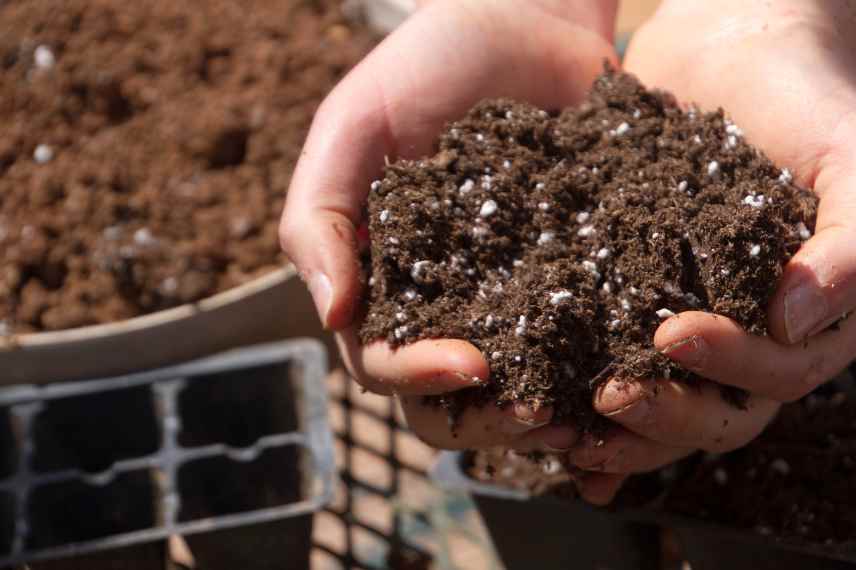
When planting in pots, the substrate can easily be lightened with perlite or compost
Plants that require well-drained soil
It would be difficult to provide an exhaustive list, as… the vast majority of plants prefer light, well-drained soils, although some thrive in heavy, moisture-retentive soils (see 12 perennials for heavy, damp soil, 10 bushes or small trees for heavy, damp soil, etc.).
Of course, the origin of the plants we cultivate in our gardens is essential and greatly informs the type of soil they prefer: almond trees from Central Asia will favour well-drained soils, while white dogwoods from Europe’s damp forests grow well in more compacted soils.
Many plants will only thrive in perfectly drained soil and can be categorised by easily identifiable traits:
- Those with a taproot like poppies or fleshy roots that dislike moisture, such as agapanthus or peonies.
- Those with silvery-grey or blue-tinged foliage, downy and/or small leaves like salvias, blue grasses, santolinas, Phlomis, etc.
- All succulent plants (fleshy plants) and cacti.
- Most sun-loving aromatic plants like thyme, rosemary, and savory.
- Mediterranean, southern, and tropical plants: lavenders, aloes, agapanthus.
- Plants for heather soil with shallow root systems: Japanese maples, azaleas, rhododendrons, blueberry bushes, etc.
- Rockery conifers like junipers and rockery perennials (sedums, snow-in-summer, etc.).
Also read: 15 plants for a sunny rockery, How to design a garden in a garrigue landscape?, and How to create an exotic garden?
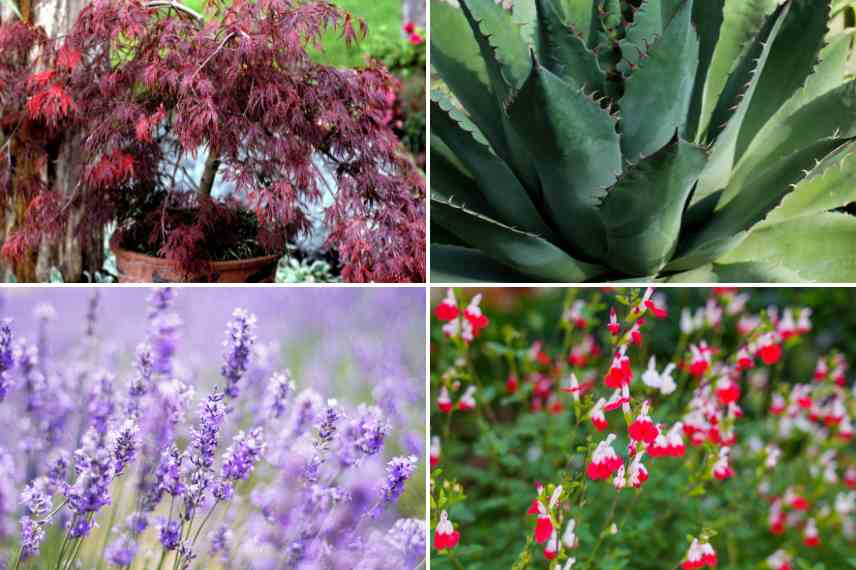
Japanese maple, agave, lavender and small-leaved sage
- Subscribe!
- Contents
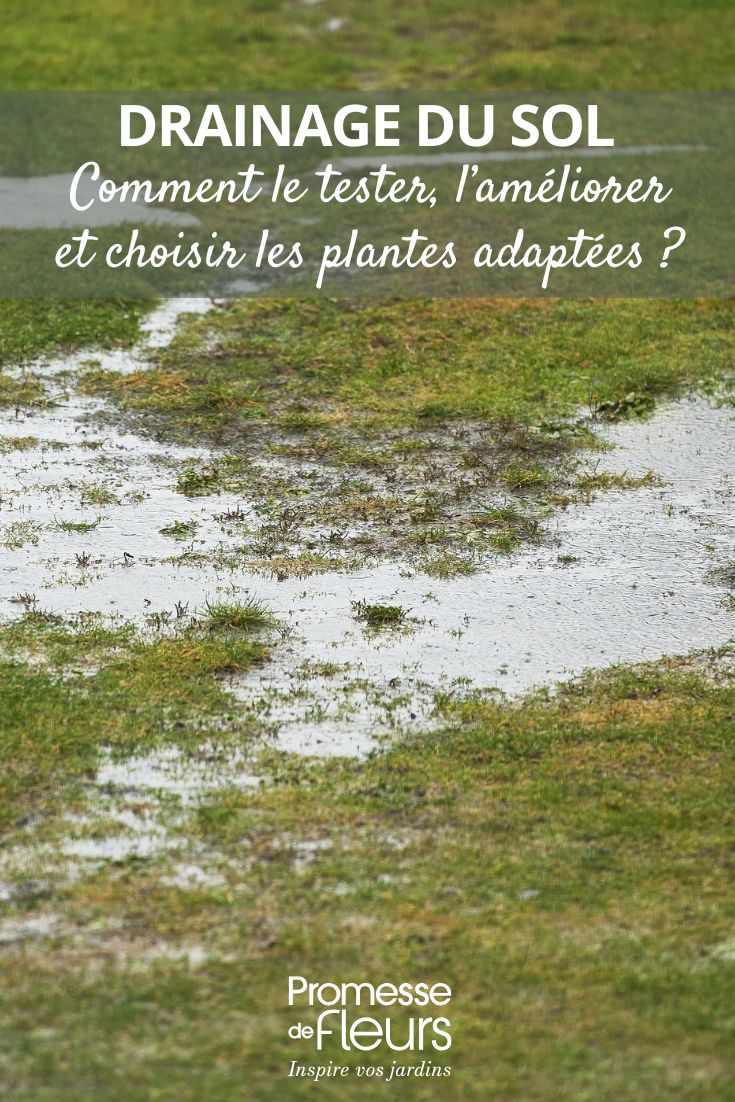































Comments